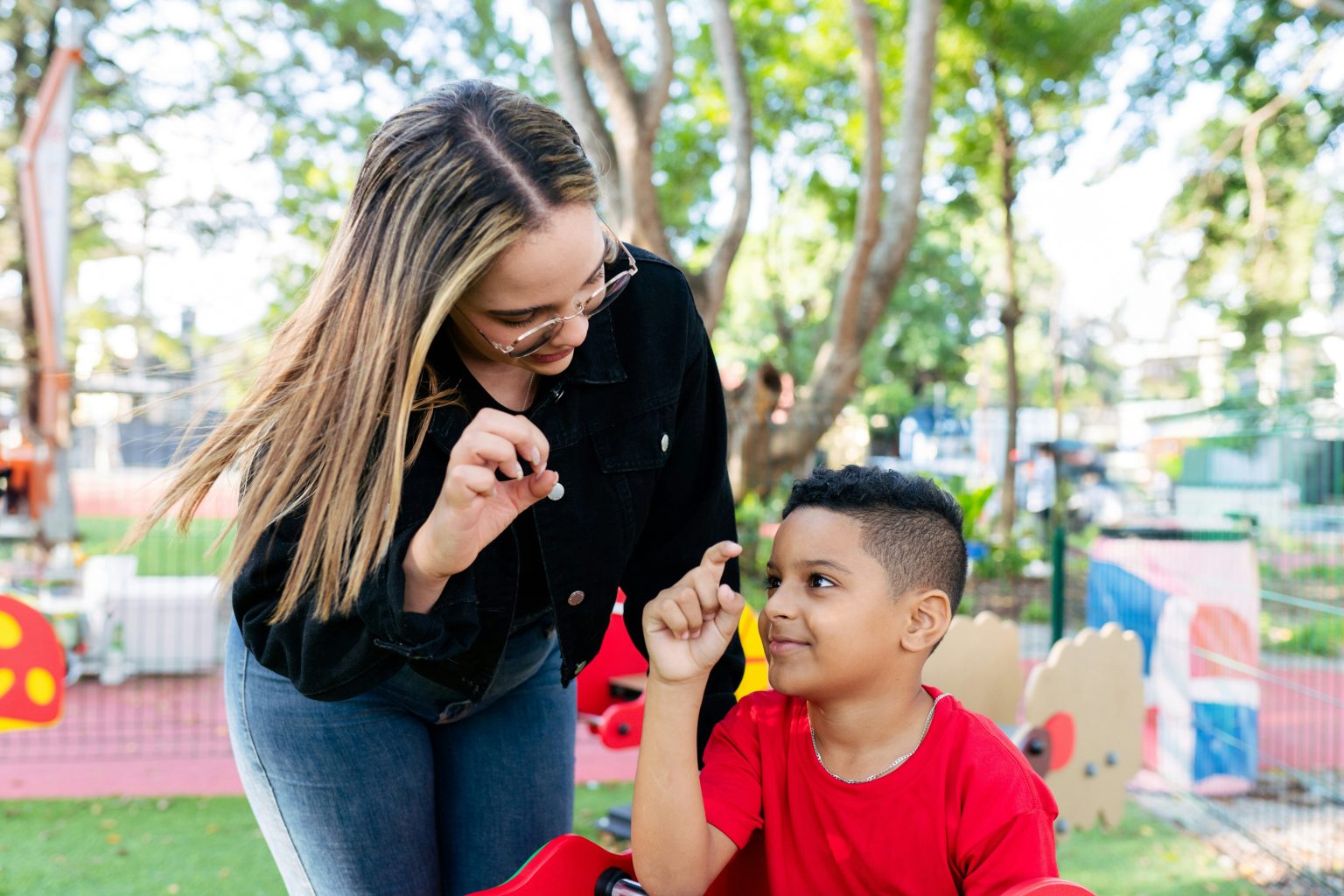Every year, the International Day of Sign Languages is observed on September 23. This day highlights the richness of sign languages and their essential role in the cultural identity and diversity of deaf communities worldwide. Celebrated to promote the understanding of sign language rights, it aims to protect and support deaf people’s linguistic identity.
This global observance, proclaimed by the United Nations General Assembly in 2018, offers a platform for raising awareness about the importance of sign language. It invites participation from everyone, encouraging people to learn about the history, types, and cultural significance of these languages.
Activities on this day often include learning sign language, hosting events, and supporting initiatives that advocate for the rights of deaf communities. By celebrating this day, people can support inclusivity and ensure that everyone has the opportunity to communicate effectively and express themselves.
Significance and Observance
The International Day of Sign Languages (IDSL) highlights the importance of sign language in upholding human rights and celebrating cultural diversity. Established in collaboration with the World Federation of the Deaf (WFD), this day underscores the linguistic identity and unity of deaf communities across the globe.
Historical Context and Establishment
The International Day of Sign Languages was proclaimed by the United Nations General Assembly in 2018. It was first celebrated on 23 September to mark the founding of the World Federation of the Deaf (WFD) in 1951. The WFD played a crucial role in recognising the need for a dedicated day to spotlight sign languages and safeguard the rights of deaf individuals. By establishing this day, the UN aimed to promote awareness of sign language as a means of communication and a vital part of cultural heritage.
Themes and Celebrations
Each year, IDSL themes focus on key areas such as Sign Language Rights for All or Sign Languages Unite Us. These themes are meant to draw attention to issues like human rights and linguistic identity. Celebrations often involve sign language performances, workshops, and community events. Cities worldwide may light iconic landmarks in blue to honour the day, symbolising hope and solidarity with deaf communities. The day also coincides with the International Week of the Deaf, amplifying its impact.
Adopting IDSL Globally
Countries worldwide, including those with large deaf communities, participate in IDSL. The adoption of the day has helped increase recognition of sign language as an official language in many places. Efforts by organisations like the WFD have facilitated greater inclusion and accessibility for persons who are deaf. This global observance encourages nations to strive towards achieving equal rights and opportunities for deaf individuals, fostering respect for cultural and linguistic diversity. By promoting international sign language, IDSL advocates for unity and understanding across borders.
Language, Culture, and Rights
The International Day of Sign Languages highlights the importance of sign languages in preserving the linguistic and cultural identity of the deaf community. It also emphasises the rights of deaf people and their inclusion in society.
Sign Language as a Natural Language
Sign languages, including American Sign Language (ASL) and British Sign Language (BSL), are recognised as natural languages with their own vocabulary, grammar, and structure. These languages are vital for the expression and communication of deaf people. Each national sign language reflects its own unique cultural context, much like spoken languages. Sign languages are rich in linguistic diversity, contributing significantly to the cultural tapestry of the communities that use them.
Sign languages are not mere gestures; they are complex systems that allow users to convey emotions and detailed ideas. Like spoken languages, they evolve over time, influenced by social and cultural changes. The preservation of these languages supports the cultural heritage of the deaf community.
Advocacy for Deaf Individuals’ Rights
The rights of deaf people are protected and promoted by various advocacy organisations worldwide. Entities like the World Federation of the Deaf play a key role in pushing for policies that ensure deaf individuals’ access to education and employment. These efforts are aligned with the Convention on the Rights of Persons with Disabilities, which emphasises inclusion and equal opportunities.
Advocacy goes beyond basic rights. It involves the promotion of sign languages as a means of inclusive communication in public services and media. Such measures are crucial in both developed and developing countries to empower the deaf community and support their full participation in society.
Education and Inclusion
Education is a critical area where the rights of deaf people must be recognised. Learning sign language from an early age allows deaf children to fully participate in education and social life. Inclusive education systems should provide resources and trained teachers to support bilingual instruction in sign and spoken languages.
Efforts to include sign languages in the curriculum can enhance learning experiences for both deaf and hearing students. This inclusion fosters understanding and bridges communication gaps. Aligning these educational practices with the Sustainable Development Goals contributes to a more inclusive and equitable society.



